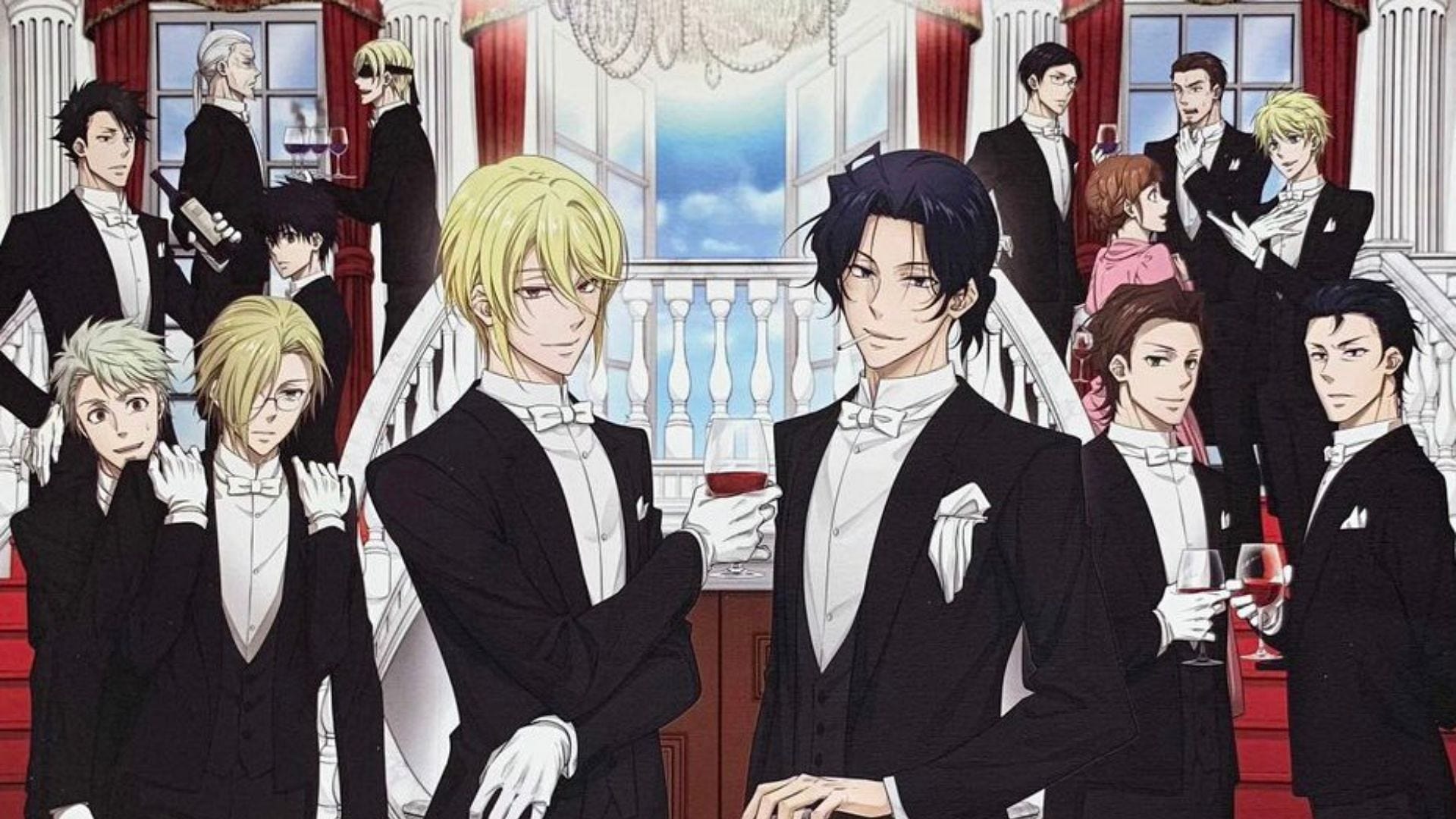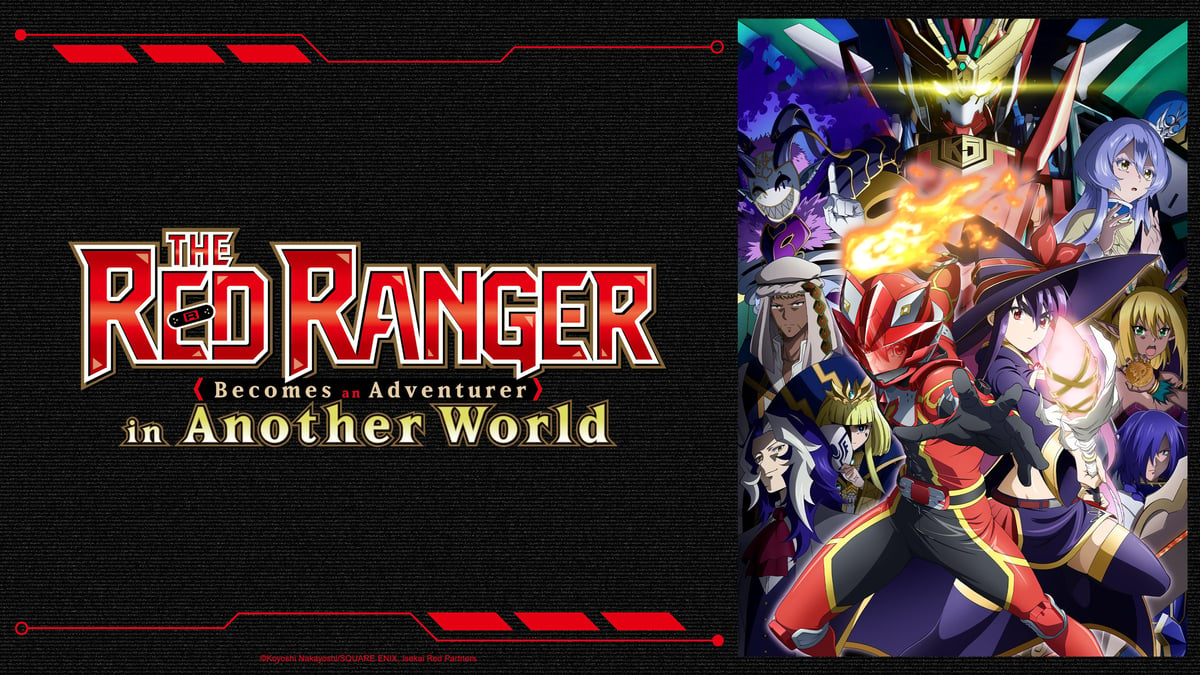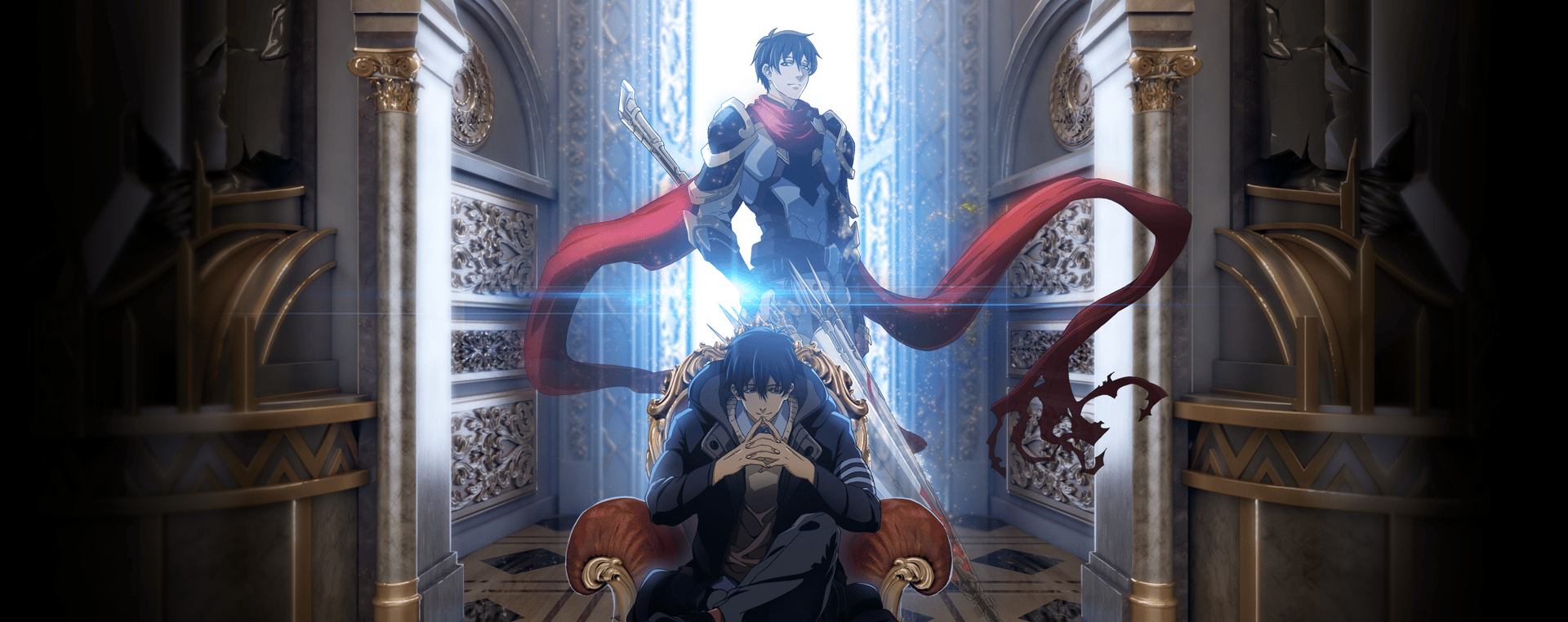Aqua Teen Hunger Force has carved a unique niche in the realm of animated television, combining surreal humor with iconic characters that fans adore. From the bizarre adventures of Master Shake, Frylock, and Meatwad, to the unforgettable catchphrases that echo through pop culture, this animated series captures the essence of adult comedy in a way only a cult classic can. As a dedicated fan, you might find yourself wanting to celebrate this series in more tangible ways. That’s where the Aqua Teen Hunger Force Merch Official Store comes into play, offering an array of merchandise to express your love for this unique show.
Diverse Range of Merchandise
The Aqua Teen Hunger Force Merch Official Store boasts a diverse range of products that cater to all kinds of fans. Whether you are looking for clothing, accessories, or home decor, the store has something that will resonate with your personal style. T-shirts, hoodies, and hats featuring your favorite characters are perfect for casual outings or lounging at home. The vibrant designs featuring Master Shake, Frylock, and Meatwad allow fans to wear their favorite show with pride. Moreover, items like stickers, pins, and patches offer easy ways to add a touch of your favorite show to everyday items like backpacks or jackets.
Collectibles for the Avid Fan
If you’re more of a collector, the Aqua Teen Hunger Force Merchandise collection has unique items that you won’t want to miss. Action figures and plush toys of the main characters not only make for great display pieces, but they also serve as brilliant conversation starters. Imagine showing off your Master Shake action figure with its quirky expression or your plush Meatwad, complete with his goofy charm. These collectibles are more than just toys; they represent a piece of nostalgia for many fans who grew up watching the antics of this hilarious trio. Additionally, limited edition items often become available, providing even more opportunities for fans to add exclusive pieces to their collections.
Adding Style to Your Space
Your love for Aqua Teen Hunger Force can extend beyond just personal fashion. Decorate your living space with themed items from the Aqua Teen Hunger Force Merch Official Store. From posters and wall art to innovative kitchenware featuring iconic quotes and images from the show, you can create an environment that reflects your passion for this unique series. Imagine relaxing with a cozy blanket that has your favorite characters emblazoned on it or sipping a drink from a mug decorated with a memorable line from the show. These items will not only transform your space but will also remind you and your guests of the show’s comedic brilliance.
Where to Find the Best Deals
Shopping at the Aqua Teen Hunger Force Merch Official Store not only ensures you’re getting authentic merchandise, but it also often features discounts and special promotions. Keep an eye out for seasonal sales or exclusive offers that can help you snag your favorite items at a bargain. Signing up for newsletters or following their social media channels may provide additional opportunities for exclusive deals or early access to new products, making it easier than ever to grab items that celebrate your favorite show.
In conclusion, the Aqua Teen Hunger Force Merch Official Store is your go-to destination for everything related to this beloved animated series. With a plethora of options that cater to both casual and dedicated fans alike, you can find items that suit your needs perfectly. Whether you’re looking to wear your fandom, decorate your space, or collect unique pieces, this store is sure to satisfy your Aqua Teen Hunger Force cravings. Dive into the fun today and explore the endless possibilities that await you in the world of Aqua Teen merchandise!











